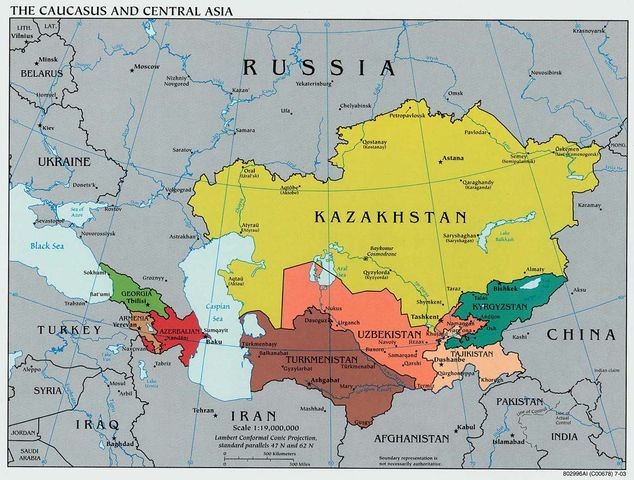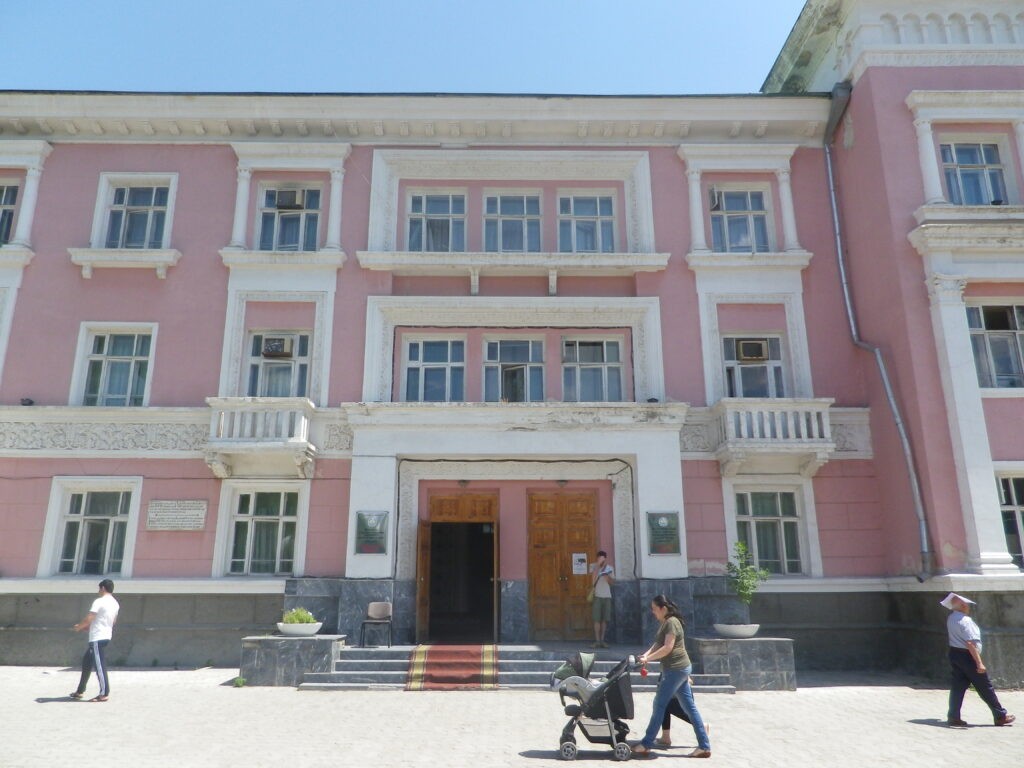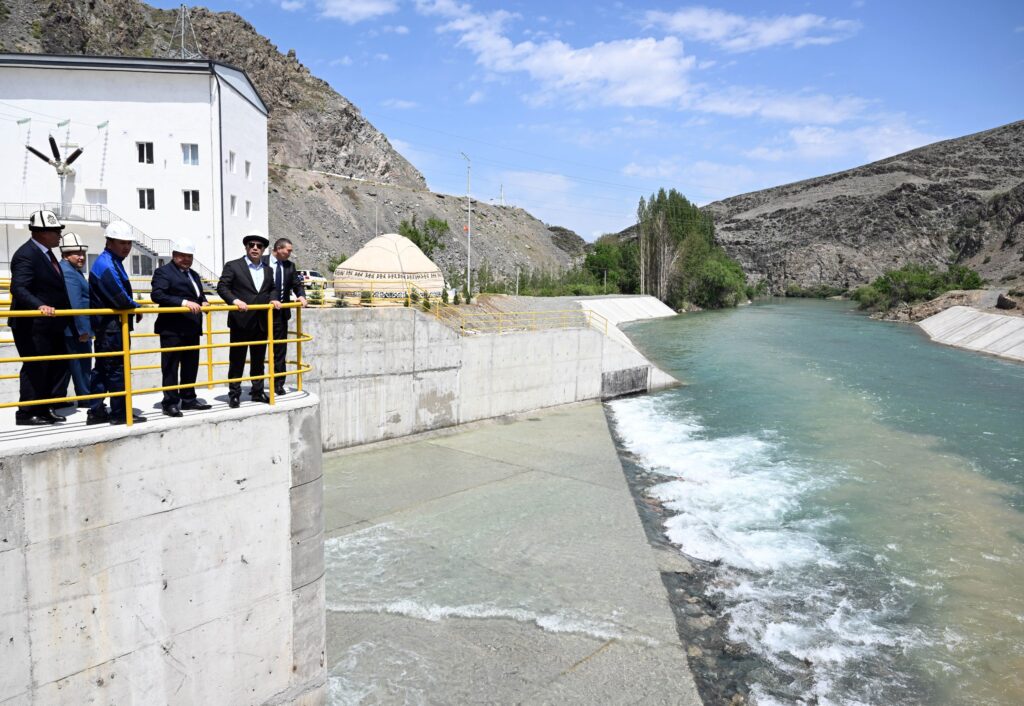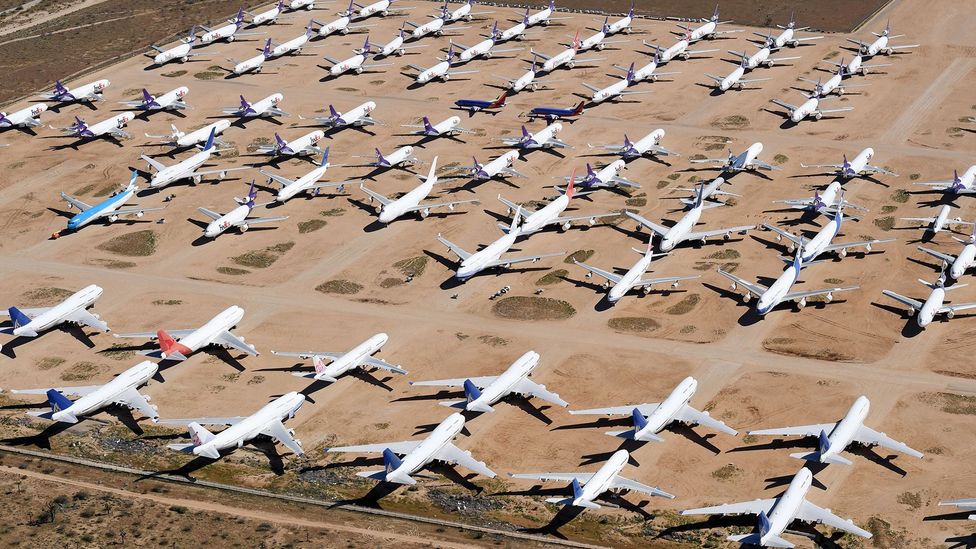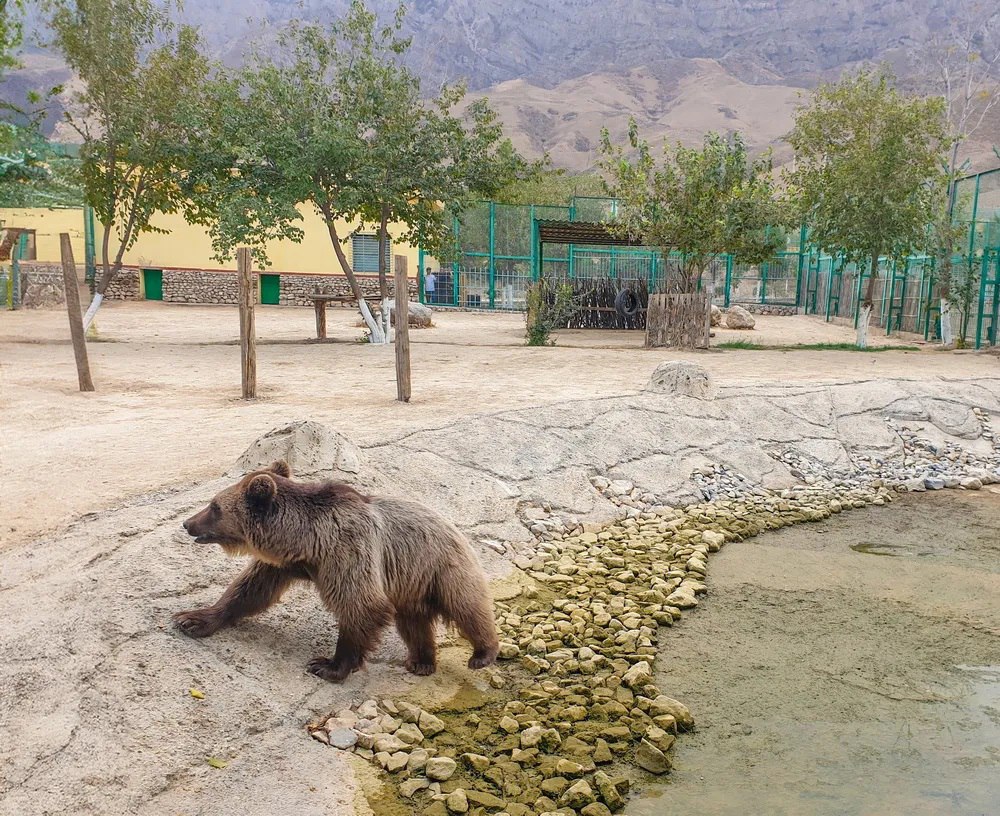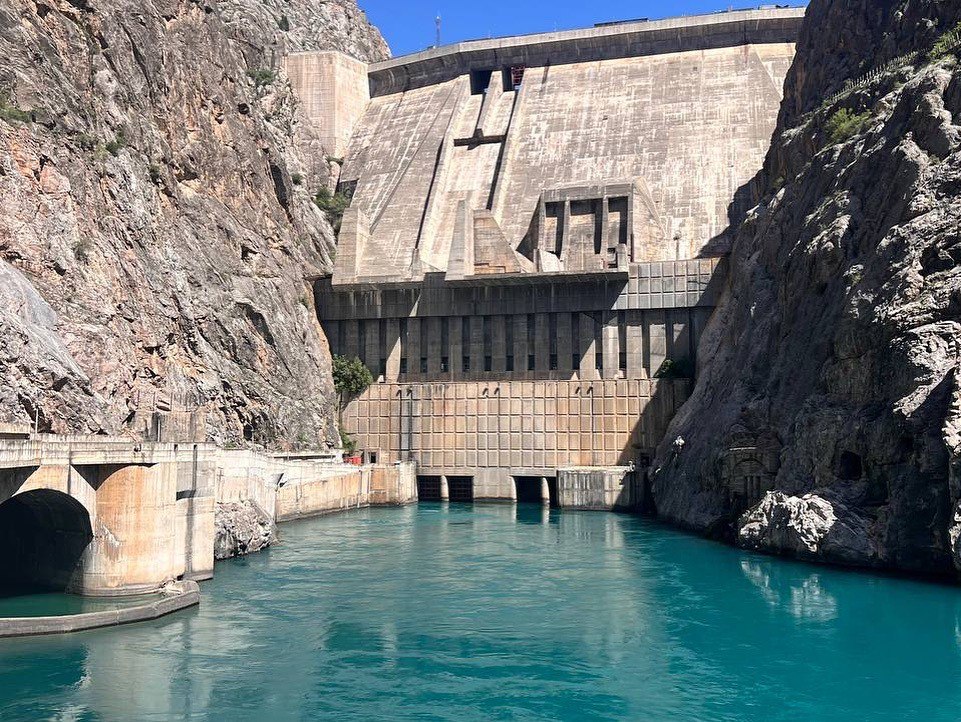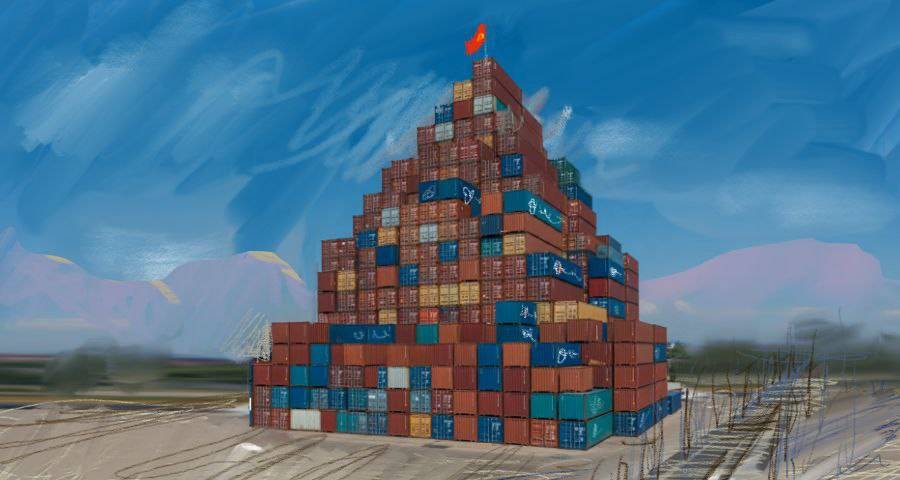LONDON (TCA) — In the attack on an Istanbul nightclub last winter and recent ones in Stockholm, St. Petersburg and Astrakhan most of the perpetrators appeared to be not Chechens, Ingush and Dagestanians “as usual” but people from Uzbekistan, Kyrgyzstan and Tajikistan, as well as ethnic Uygurs from western China. This, in the eyes of the public, has turned Central Asia into a terrorist brand. It appears that the region is ill-prepared to cope with it.
Selfies looking for a kill-and-die kick
The main question is psychological: what particular conditions in the Central-Asian states have led to the spread of extremist sentiments especially among younger people? True: living conditions are awkward and millions live on the very brink of poverty. Yet, numbers of jobless are low, and people do find ways to survive. It is more a sense of emptiness in life, with old Soviet methods in the form of collective leisure, sportive and cultural events and loudly-proclaimed “patriotism,” that does not seem to appeal much to growing numbers of youngsters. From childhood on, life seems to be stipulated and those who seek adventure will seek in vain.
Under these conditions, the number of selfies mushrooms, including those who seek death and destruction as the ultimate kick. Hope of satisfaction for young death-seekers is created by the likes of Daesh, even though direct involvement by the movement’s supreme command in individual attacks should be questioned. No cells or individuals committing their hideous acts of terror have been recognized as high-ranking in Daesh, Al-Qaeda, or Taliban. Perpetrators often operate in small groups or even individually, facilitated but not specifically ordered by those organizations to go ahead.
‘Potential targets of terrorist attacks’
Another phenomenon which could be described as “typical” for the Central-Asia born wave of terror is the fact that Russia now seems to be a primary target and no longer North America or western Europe. According to Vladimir Putin, Russia is in the company of other Soviet republics, especially those where the perpetrators come from, where exposure to terrorism is concerned. “All CIS countries are potential targets of terrorist attacks,” Putin was recently quoted by Interfax as telling a meeting with heads of security agencies of CIS states. “We see that the situation, unfortunately, does not improve. And confirmation of this is the recent tragic event in St. Petersburg. People were killed by the terrorist attack, many people were injured. We know that each of our countries, almost each, is a possible, potential target of terrorist attacks.”
Failed attacks
Apart from successful attacks, numerous others have been thwarted. “On March 15, Russian media reported that a terrorist attack planned for International Women’s Day on March 8 was prevented in the capital. Izattilo M., a 23-year-old citizen of Tajikistan who had earlier joined ISIS in Syria, was to be a trigger-man. He was detained when he arrived in Moscow by air from Turkey, and Russian security services are now hunting for his accomplices,” the Asia Times reported a week later.
ISIS far reaching plans
“Some analysts say Afghanistan represents one of the key goals for ISIS because the militant group can use the country as a staging ground to expand its influence to neighboring Central Asian republics, primarily Uzbekistan, Tajikistan, and Kyrgyzstan. It should be noted that ISIS has far-reaching plans to establish the Khorasan province, which would span Afghanistan, Pakistan, part of Central Asia and Eastern Iran,” the article reads further down.
Kyrgyz Parliament ban
On April 5, the Kyrgyz Parliament adopted an updated list of “destructive, extremist and terrorist organisations in Kyrgyzstan”, as they were earmarked, declaring them banned. They include the Iraq/Syria-based movements Daesh (ISIL) and Jabhat an Nusra, Al-Qaeda, Taliban, the Uygur East Turkistan Islamic Movement and Eastern Turkestan Liberation Organisation, the Kurdistan People’s Congress (Kongra-Gel), Hizb ut-Tahrir-al-Islami, Islamic Jihad Union, Turkistan Islamic Party, Zhaishul Mahdi, Jund-al-Khalifa, Ansarullah (Ansar Allah), Takfir Wal-Hijra, Akromiya, Said Buryatsky, Katibat al-Imam al-Bukhari (Imam Bukhari Battalion), Jannat Oshiklari, and Jamaat at-Tawhid wal-Jihad. As though to avoid the impression that terrorism is an exclusively Muslim brand, the Unification Church, better known as the Moon Sect, was added to the list. Other republics in the region have similar lists.
USA: how to become a team player
During his election campaign, Trump promised that America would be a team player in world security matters. It is time for him to keep that promise, even if it means defying people who think differently at home. What Central Asia with its weak security apparatus needs is everybody’s help, not somebody’s help directed at somebody else.
Observers tend to warn that should the Syrian scheme succeed, the governments of Central Asia’s post-Soviet republics are likely to be next on the list. One “experiment” of this kind in Central Asia took place with the so-called Tulip Revolution in Kyrgyzstan back in 2005. Not only was the new regime of Kurmanbek Bakiyev and family ruthlessly racketeering the nation under US protection, but after its downfall in 2010 it soon appeared that there were close links between Bakiyev’s organisation, now in part gone underground, and several of the “Islamic” extremist groups mentioned above.
